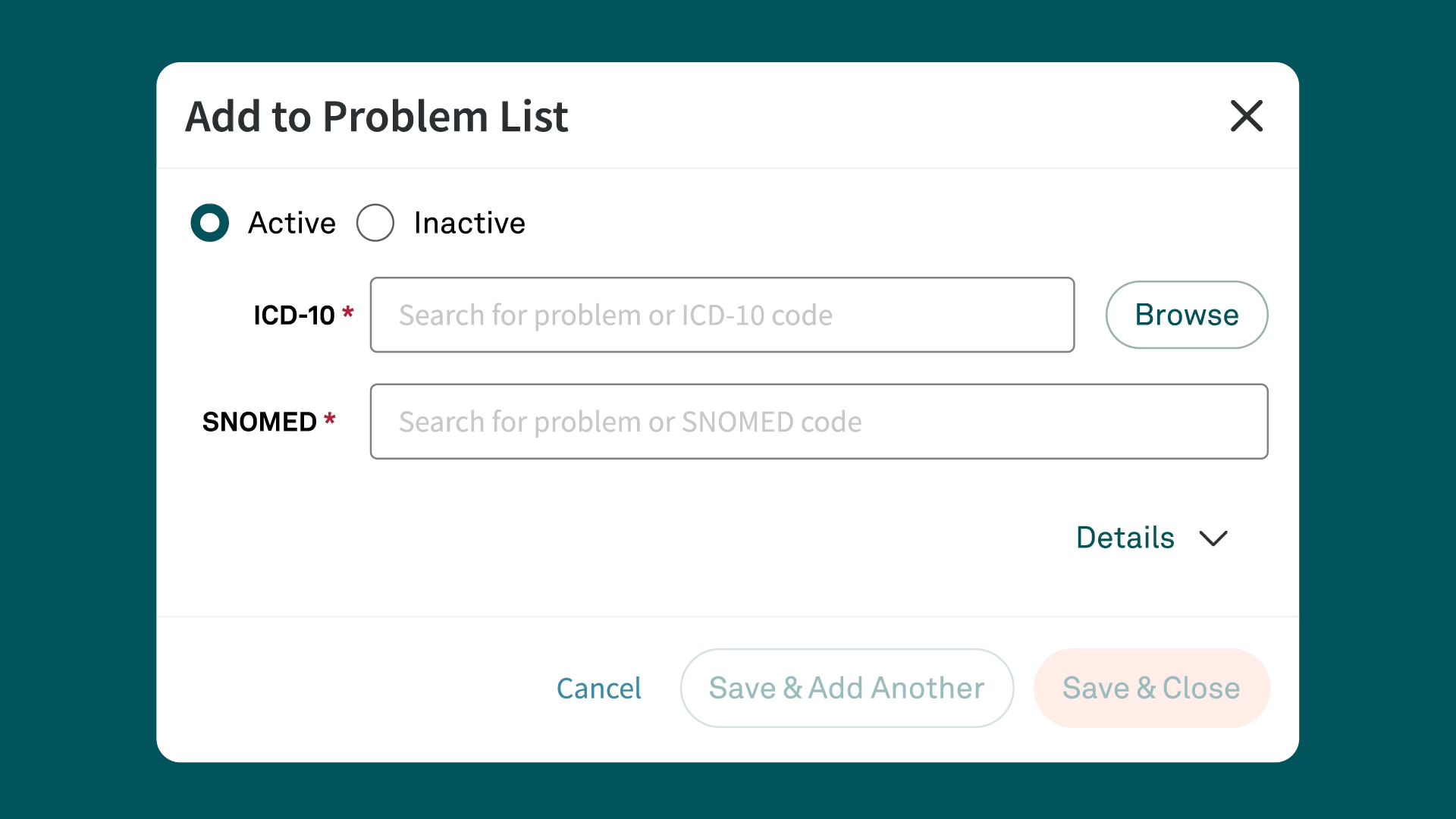ICD-10 Code R05.1
Acute cough
What is the code R05.1?
ICD-10 code R05.1 refers to "acute cough." This code is used to classify and document instances where a patient presents with a sudden onset of coughing. It is important for accurate medical billing and coding to ensure appropriate reimbursement and patient care management.
Detailed description of R05.1
R05.1, "acute cough," is used to categorize a cough that has developed abruptly and is typically expected to last less than 3 weeks. Acute coughs are often caused by upper respiratory infections, such as the common cold, influenza, or acute bronchitis. This code is used to distinguish acute coughs from chronic coughs, which persist for longer periods and may have different underlying causes.
Symptoms commonly associated with R05.1
Patients diagnosed with R05.1 typically exhibit symptoms such as:
- Sudden onset of coughing
- Possible presence of sputum or phlegm
- Associated symptoms of upper respiratory infections, like sore throat, nasal congestion, or fever
- General discomfort or irritation in the throat or chest
Related and similar ICD-10 codes
Several ICD-10 codes are related to or similar to R05.1:
- R05.9: Cough, unspecified (general code for unspecified cough)
- R05.2: Subacute cough (lasting between 3–8 weeks)
- R05.3: Chronic cough (lasting more than 8 weeks)
- J20.9: Acute bronchitis, unspecified (an infection that often causes acute cough)
- J06.9: Acute upper respiratory infection, unspecified (another common cause of acute cough)
Appropriate usage of R05.1 for billing
R05.1 should be used for billing when a provider documents in their assessment that a patient presents with a sudden onset of coughing that meets the criteria for an acute cough. The provider must have documented the cough as acute in order to assign R05.1. Do not assign R05.1 if the underlying cause of the acute cough is known, in such cases the code for the underlying condition should be used instead of R05.1. This code is often utilized in primary care, urgent care, and outpatient settings.
Instructional guidelines for coding R05.1
When coding with R05.1, it is important to follow these guidelines:
- According to the ICD-10-CM Guidelines Section IV.D., Diagnostic Coding and Reporting Guidelines for Outpatient Services, codes that describe symptoms and signs, as opposed to diagnoses, are acceptable for reporting purposes when a diagnosis has not been established (confirmed) by the provider. Chapter 18 of ICD-10-CM, Symptoms, Signs, and Abnormal Clinical and Laboratory Findings Not Elsewhere Classified (codes R00–R99) contain many, but not all codes for symptoms.
- Refer to the ICD-10-CM guidelines section I.B.4., section I.C.18.a, and section I.C.18.b regarding proper coding of signs and symptoms, use of symptom codes and use of symptom codes with a definitive diagnosis code for general guidance that is applicable to coding R05.1.
- There is an excludes 1 note found at category R05, cough that is applicable to code R05.1 for the following conditions: paroxysmal cough due to Bordetella pertussis (A37.0-) and smoker's cough (J41.0). Due to this instructional note, when the patient has been diagnosed with one of the listed conditions, only the condition noted in the Excludes 1 note should be assigned and R05.1 would be omitted.
Common pitfalls in coding with R05.1
- Assignment of the code for a chronic or unspecified cough when the provider has documented an acute cough.
- Failing to document the acute nature and onset of the cough properly.
- Overlooking related symptoms or secondary conditions that may require additional coding.
- Using R05.1 when a more specific diagnosis code is available and appropriate.
Key resources for R05.1 coding
- ICD-10-CM Official Guidelines for Coding and Reporting
- CMS (Centers for Medicare & Medicaid Services) coding resources
- AAPC (American Academy of Professional Coders) guidelines and forums
- Medical coding textbooks and reference materials
- Professional coding software and tools provided by healthcare tech companies
Conclusion
ICD-10-CM code R05.1 is a code for documenting and billing acute coughs in medical practice. Understanding its appropriate usage, associated symptoms, and related codes ensures accurate record-keeping and reimbursement. By following the instructional guidelines and avoiding common pitfalls, healthcare providers can effectively manage coding for patients presenting with acute coughs.
Simplify ICD-10 code documentation with Tebra
Tebra’s EHR+ gives you quick searches and Systematized Nomenclature of Medicine (SNOMED) field names for efficient code documentation. Plus, Tebra automatically saves ICD-10 to SNOMED mapping for future searches, streamlining your workflow.

Discover how Tebra helps providers effortlessly document health-related issues and conditions in this detailed post.
Similar Codes
Subscribe to The Intake:
A weekly check-up for your independent practice



